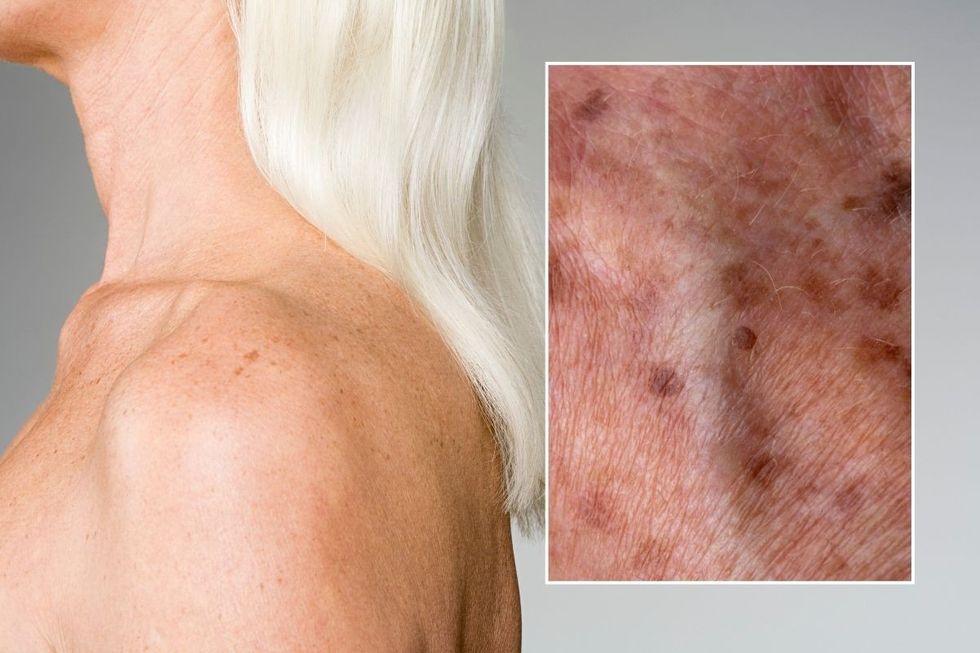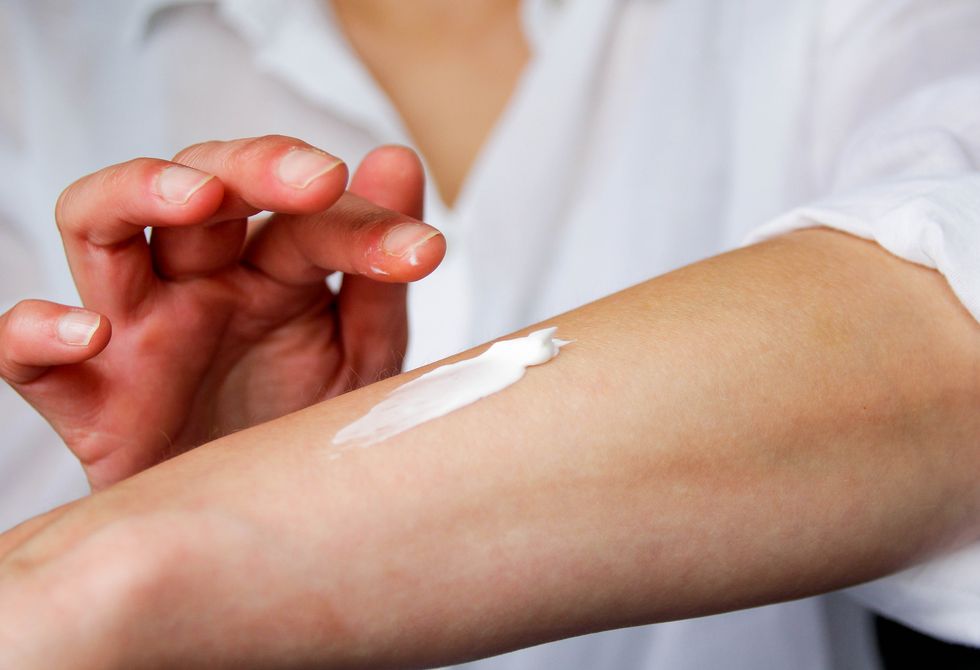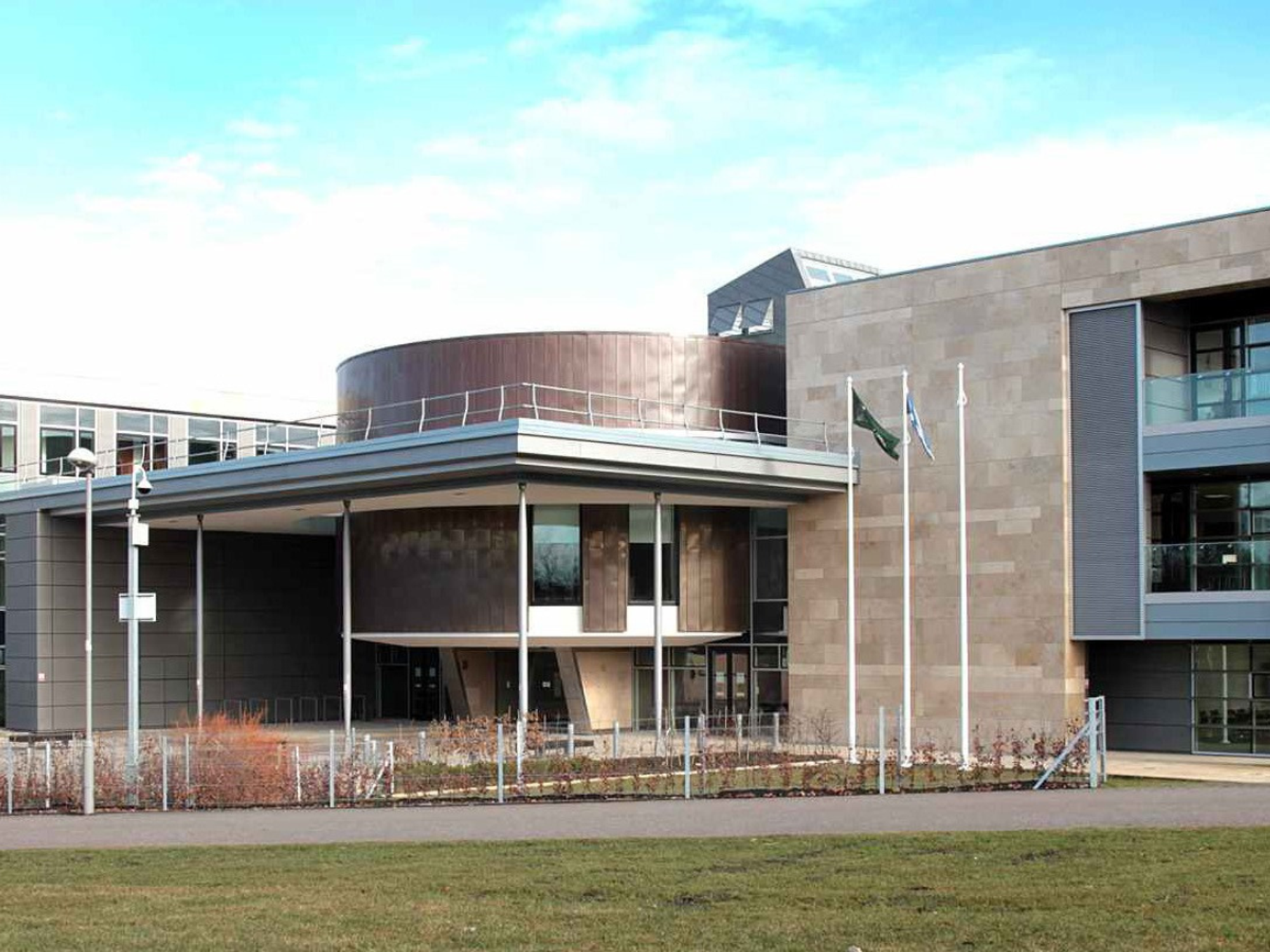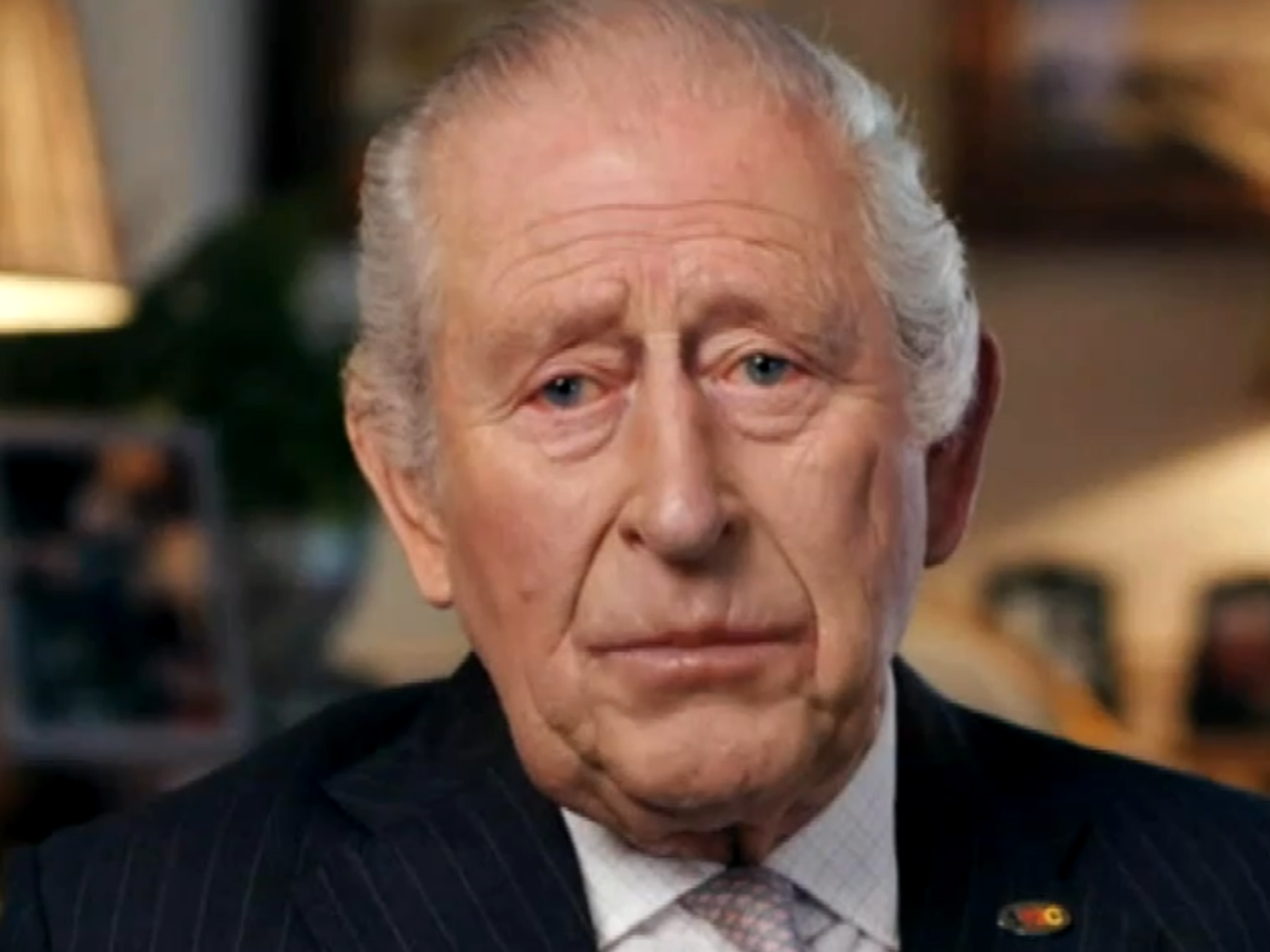Age spots: The 'best medicine, creams and lotions' to tackle the skin pigmentation after 50

GB News is consulting leading skin experts to assist people in achieving their beauty goals. This week, the focus is on non-surgical methods to reduce the appearance of age spots, combining at-home care with clinical treatment.
Don't Miss
Most Read
Age spots, also known as sun spots, are characterised by small dark marks on the skin, often described as hyperpigmentation.
They commonly develop on parts of the body most exposed to sunlight, like the arms and face, and become increasingly noticeable after 50.
Those with fair skin or a history of frequent sun exposure are most prone to age spots, but in many cases, they can be prevented.
What causes age spots?
Age spots become more apparent during and after menopause due to hormonal changes that slow down the skin's ability to regenerate.
"Some people are more prone to developing age spots based on their skin type and family history and hormonal changes as they slow down the body's regenerative abilities," explained board-certified cosmetic physician and laser skin expert Anna Avaliani.

Age spots become more noticeable as the body's regenerative abilities slow down
|GETTY
How to prevent age spots?
Prevention is key when it comes to age spots and one of the most effective barriers is sunscreen, applied regularly.
Furthermore, protective clothing, including wide-brimming hats, can help shield vulnerable areas of the body against sun damage.
"The best medicine is to avoid their development in the first place," noted Anna. "Naturally, [I advise] using cream and lotions that help aid skin rejuvenation."
The expert also advised timing outdoor activities between the hours of 11am and 4pm, when the sun is less intense and exposure to UV rays is less harmful.
How to treat age spots?
The causes of age spots are multi-factorial, but some culprits - namely sun exposure and tanning beds - cause them to appear prematurely.
They may be more noticeable in people with certain genetic predispositions, as skin type and family history are common precursors.
Though dark spots are difficult to erase with topical treatments alone, dark spot correctors can help.
The creams address various skin discolouration issues like melasma and post-inflammatory hyperpigmentation, aiming to even out skin tone.
Consistency is key with such treatments, however. It is equally important to couple age spot creams with regular sunscreen application.
Natural treatments for age spots are typically derived from ingredients like retinol, tranexamic acid, kojic acid, niacinamide and vitamin C.
LATEST DEVELOPMENTS

Daily sunscreen application will minimise the risk of sun spots
| GETTYClinical treatments for age spots?
According to WebMD, one way age spots are treated is by using narrow beams of light that target the cells causing the spots without damaging the rest of your skin.
The treatment typically becomes effective after a few sessions. At first, the lasers may form a skin crust that initially darkens the spots, but these side effects eventually subside.
Consistent use of sunscreen and limiting sun exposure are crucial steps in maintaining an even skin tone.
Regular skin checks are critical for early detection of any concerning changes.
What's more, consulting a board-certified dermatologist is crucial if you notice new spots or changes in existing ones.










